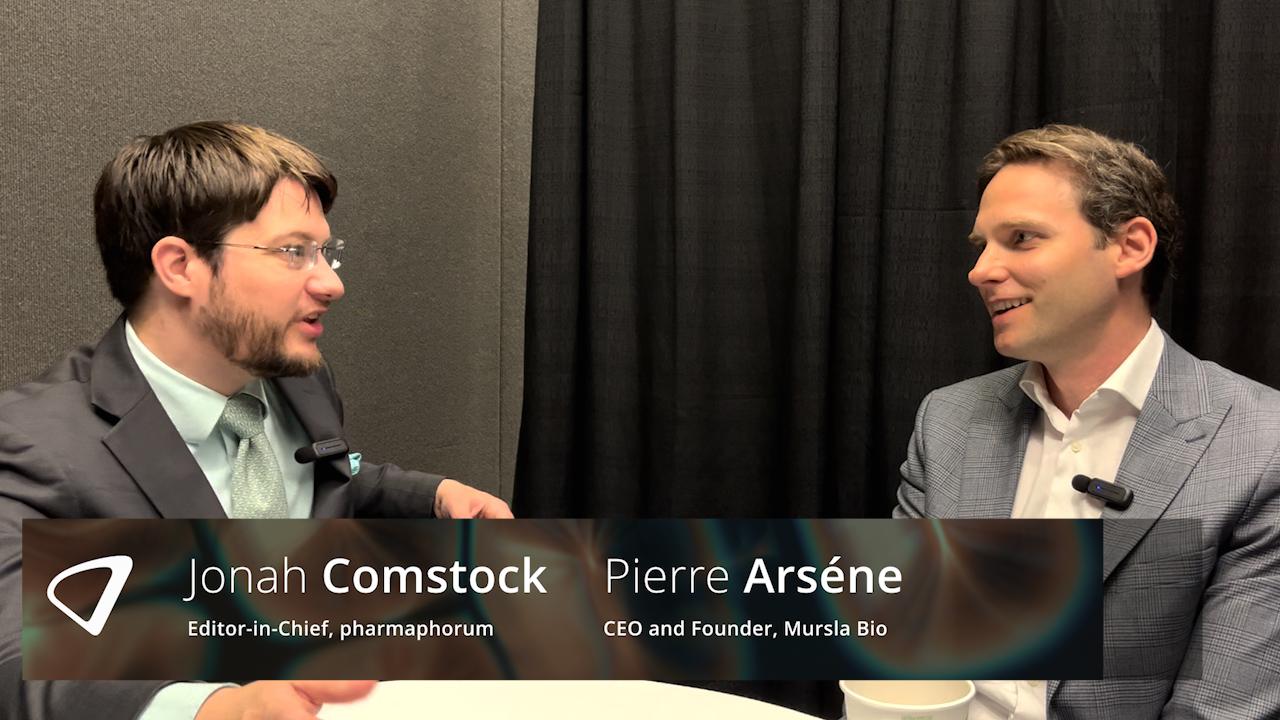EU clears first targeted drug for neuroblastoma

Patients in Europe with the common childhood cancer neuroblastoma now have an approved maintenance therapy after the European Medicines Agency (EMA) gave the go-ahead to United Therapeutics' Unituxin.
Neuroblastoma is formed from immature nerve cells and usually begins in the adrenal glands, although it may also develop in the abdomen, chest or in nerve tissue near the spine.
The cancer usually affects children under the age of five, and is the most common solid tumour in childhood after brain tumours. The annual incidence of neuroblastoma in the EU is around 1,500 patients, around half of whom have high-risk forms of the disease.
United's therapy – based on an antibody dinutuximab – binds to a receptor called GD2 on the surface of neuroblastoma cells and helps the immune system find and destroy them. It has been approved to treat high-risk neuroblastoma in patients aged 12 months to 17 years, with the EU nod coming a few months after it was registered in the US.
The EMA has given the green light for the drug to be used in patients who have had induction chemotherapy, with at least a partial response, followed by myelo-ablative therapy and autologous stem cell transplantation.
The approval comes on the back of a clinical trial in 226 children with high-risk neuroblastoma whose tumours shrunk or disappeared after treatment, in which Unituxin plus a white blood cell stimulating drug (GM-CSF) was given with and without isotretinoin.
Three years after treatment assignment, 63 per cent of participants on Unituxin combination were alive and free of tumour growth or recurrence, compared to 46 per cent of participants treated with isotretinoin alone.
Since the completion of the trial the benefit of United's drug has remained, with a recent analysis showing a 73 per cent survival rate compared with 58 per cent of those receiving isotretinoin alone.
The drug has to be delivered with care, however, as it can cause nerve cell irritation and severe pain that requires treatment with intravenous narcotics, and has also been linked to life-threatening infusion reactions.
Like most other drugs for rare diseases Unituxin has also been approved with an eye-watering $150,000-a-year price tag in the US, and its EU approval will focus attention once again on how health services can pay for novel but costly medicines.
The EMA said each Member State will take a decision on price and reimbursement of Unituxin based on 'the potential role/use of this medicine in the context of its national health system'.
Other drugs coming through the pipeline for neuroblastoma include a vaccine targeting two neuroblastoma-associated antigens called OPT-821, developed by researchers at the US National Cancer Institute (NCI), as well as Ignyta's entrectinib, which is in phase I/II testing, and Ability Pharmaceuticals' ABTL0812 in phase I.
Related article











